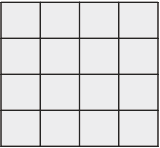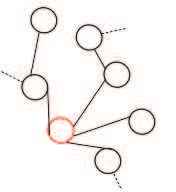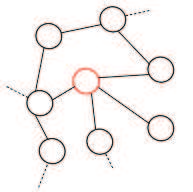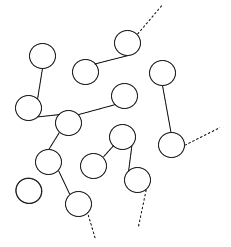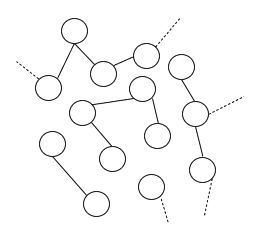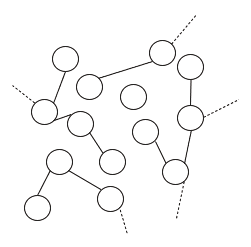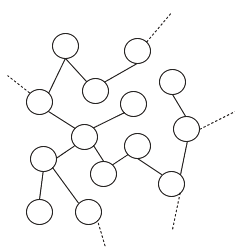Many real-world systems can be expressed in temporal networks with nodes playing far different roles in structure and function and edges representing the relationships between nodes. Identifying critical nodes can help us control the spread of public opinions or epidemics, predict leading figures in academia, conduct advertisements for various commodities, and so on. However, it is rather difficult to identify critical nodes because the network structure changes over time in temporal networks. In this paper, considering the sequence topological information of temporal networks, a novel and effective learning framework based on the combination of special GCNs and RNNs is proposed to identify nodes with the best spreading ability. The effectiveness of the approach is evaluated by weighted Susceptible-Infected-Recovered model. Experimental results on four real-world temporal networks demonstrate that the proposed method outperforms both traditional and deep learning benchmark methods in terms of the Kendall $\tau$ coefficient and top $k$ hit rate.
翻译:许多现实世界系统可以通过时间网络表达,在结构和功能以及代表节点之间关系的边缘上,节点的作用大相径庭。确定关键节点可以帮助我们控制公众意见或流行病的传播,预测学术界的主要人物,为各种商品做广告等等。然而,很难确定关键节点,因为网络结构随时间网络的变化而变化。在本文中,考虑到时间网络的顺序地貌信息,提议基于特殊GCN和RNN的新型和有效的学习框架,以确定最佳传播能力的节点。该方法的有效性通过加权的可视、不可感染、可回收的模式进行评估。四个真实世界时间网络的实验结果表明,拟议的方法在肯德尔系数和最高美元冲击率方面都超越了传统的和深层次学习基准方法。

